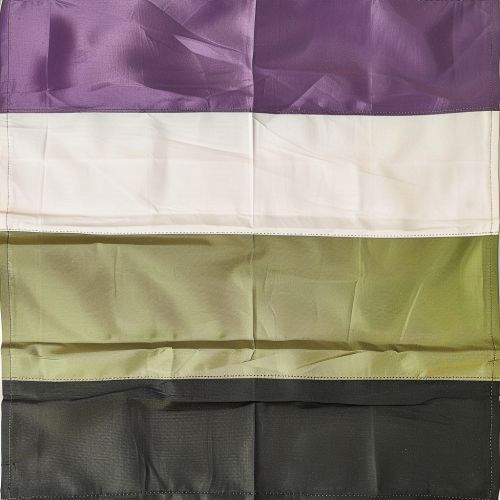Genderqueer: Difference between revisions
(Created page with "== Definition and Overview == Genderqueer, also known as non-binary, is a term used to describe a gender identity that is not exclusively male or female. Individuals who identify as genderqueer may see themselves as both genders, neither gender, or a combination of genders. This identity challenges the traditional binary understanding of gender, which categorizes individuals strictly as male or female. == Historical Context == The concept of genderqueer identity has r...") |
No edit summary |
||
| Line 11: | Line 11: | ||
Genderqueer individuals may express their gender in diverse ways. Some may choose to present themselves in a manner that blends traditionally masculine and feminine traits, while others may adopt a more androgynous appearance. The use of [[pronouns]] is also significant; many genderqueer people prefer gender-neutral pronouns such as "they/them," while others may use "ze/hir" or other alternatives. | Genderqueer individuals may express their gender in diverse ways. Some may choose to present themselves in a manner that blends traditionally masculine and feminine traits, while others may adopt a more androgynous appearance. The use of [[pronouns]] is also significant; many genderqueer people prefer gender-neutral pronouns such as "they/them," while others may use "ze/hir" or other alternatives. | ||
[[Image:Detail-79315.jpg|thumb|center|The genderqueer pride flag, consisting of three horizontal stripes: lavender, white, and dark chartreuse.]] | |||
== Psychological and Sociological Perspectives == | == Psychological and Sociological Perspectives == | ||
Revision as of 01:48, 18 May 2024
Definition and Overview
Genderqueer, also known as non-binary, is a term used to describe a gender identity that is not exclusively male or female. Individuals who identify as genderqueer may see themselves as both genders, neither gender, or a combination of genders. This identity challenges the traditional binary understanding of gender, which categorizes individuals strictly as male or female.
Historical Context
The concept of genderqueer identity has roots in various cultures and historical periods. Many indigenous cultures, such as the Two-Spirit people among Native American tribes, have long recognized non-binary gender identities. In Western societies, the term "genderqueer" began to gain prominence in the late 20th century, particularly within the LGBTQ+ community. The rise of queer theory in the 1990s further propelled the understanding and acceptance of non-binary identities.
Genderqueer Identity and Expression
Genderqueer individuals may express their gender in diverse ways. Some may choose to present themselves in a manner that blends traditionally masculine and feminine traits, while others may adopt a more androgynous appearance. The use of pronouns is also significant; many genderqueer people prefer gender-neutral pronouns such as "they/them," while others may use "ze/hir" or other alternatives.

Psychological and Sociological Perspectives
From a psychological standpoint, genderqueer identity is understood as a valid and healthy expression of one's gender. The American Psychological Association recognizes non-binary identities and emphasizes the importance of affirming and supporting individuals in their gender expression. Sociologically, the acceptance of genderqueer identities varies widely across different cultures and societies. In some regions, non-binary individuals face significant discrimination and marginalization, while in others, there is growing recognition and inclusion.
Legal and Medical Considerations
The legal recognition of genderqueer identities is an evolving issue. Some countries and states have introduced options for non-binary gender markers on official documents, such as passports and driver's licenses. Medical professionals are increasingly acknowledging the unique healthcare needs of genderqueer individuals, including access to gender-affirming treatments and mental health support.
Challenges and Advocacy
Genderqueer individuals often face challenges related to social acceptance, legal recognition, and healthcare access. Advocacy groups play a crucial role in promoting the rights and well-being of non-binary people. Organizations such as GLAAD and the National Center for Transgender Equality work to raise awareness, influence policy changes, and provide resources for genderqueer individuals.
Cultural Representation
The representation of genderqueer identities in media and popular culture has been growing. Characters in television shows, films, and literature increasingly reflect the diversity of gender identities. This visibility helps to normalize non-binary identities and fosters greater understanding and acceptance within society.
See Also
- Non-binary
- Two-Spirit
- LGBTQ+
- Pronouns
- American Psychological Association
- GLAAD
- National Center for Transgender Equality
